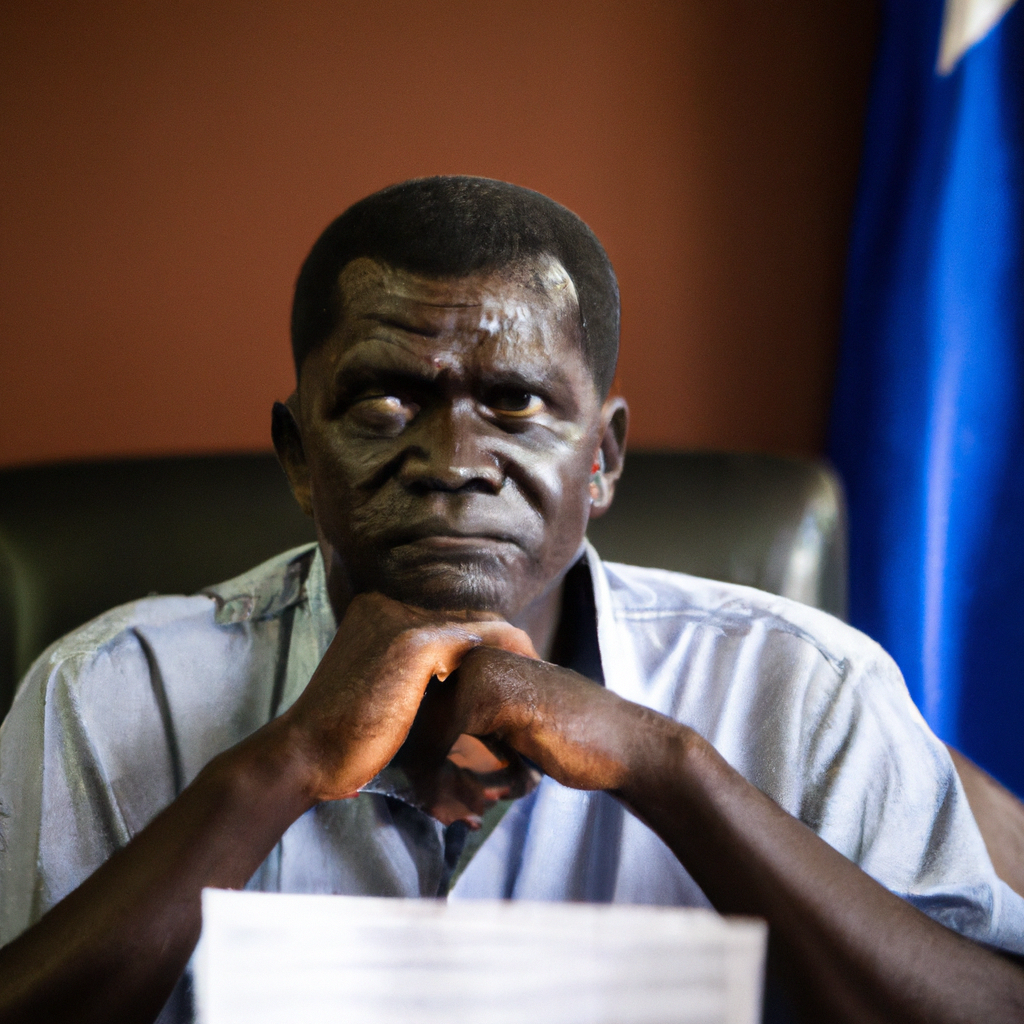The majestic Crested Crane, Uganda’s national bird, faces alarming threats that endanger its survival and the ecosystem it embodies. Recent reports indicate that habitat destruction, climate change, and human encroachment are significantly reducing the bird’s population across various regions. Conservationists warn that without immediate action, the Crested Crane could join the list of endangered species in Uganda, further impacting biodiversity. Stakeholders from government agencies, NGOs, and local communities are urged to collaborate on conservation efforts. The urgency of this situation has prompted discussions on how best to protect this iconic symbol of Uganda.
Habitat Destruction and Climate Change
One of the primary factors contributing to the threat against the Crested Crane is habitat destruction driven by urban development and agricultural expansion. Wetlands, which are crucial for the cranes’ breeding and feeding, are being drained at an alarming rate. In areas like Lake Victoria and the wetlands around Kampala, expansion of rice farming and built-up environments has led to significant loss of habitat.
In addition to habitat loss, climate change exacerbates the situation. The changing climate affects rainfall patterns, reducing water levels in crucial wetlands. This has dire consequences for the feeding habits and reproductive behavior of the Crested Crane.
Local Community Involvement
Local communities play a pivotal role in conservation efforts. Conservationists have launched numerous initiatives to engage residents in protecting the Crested Crane’s habitats. For example, educational programs are being established to raise awareness about the importance of the Crested Crane to Uganda’s identity and ecological balance.
Furthermore, involving local communities has the potential to create sustainable livelihoods through ecotourism. By promoting birdwatching activities and protected wetlands, locals can benefit economically while also preserving their environment. Stakeholders are encouraged to embrace these partnerships to create a proactive approach towards conservation.
Policy and Legislation
The Ugandan government has made strides in promoting environmental conservation, yet more robust policies are needed specifically targeting the protection of the Crested Crane. Although the government has designated some areas as protected zones, enforcement remains weak, leading to illegal activities that threaten wetlands.
It is crucial for lawmakers to draft and enforce stricter regulations regarding land use and wetland protection. Furthermore, international collaboration could enhance wildlife conservation efforts through funding and expertise, allowing Uganda to combat the threats facing the Crested Crane more effectively.
Research and Monitoring
Surveys conducted by various wildlife organizations indicate a worrying decline in the population of the Crested Crane. Regular monitoring is essential to understand trends and adapt conservation strategies effectively. Research can provide insights into the birds’ specific needs and behaviors, allowing conservationists to create targeted initiatives.
Efforts are being made to improve data collection and monitoring systems, incorporating modern technologies such as drones and remote sensing. By leveraging these innovative tools, researchers can gather vital information that will inform conservation practices across Uganda.
In conclusion, the Crested Crane stands as a symbol of Uganda’s natural heritage, representing the country’s rich biodiversity. Urgent action is needed to address the multifaceted threats facing this iconic bird. Collaboration among government, local communities, and NGOs can create a robust framework for conservation. A united effort to protect the Crested Crane will not only safeguard this remarkable species but also contribute to the overall health of Uganda’s ecosystems. If we fail to act now, the loss of the Crested Crane could resonate far beyond its disappearance, impacting the ecological balance and cultural heritage of Uganda for generations to come.








